PhonoForge - Language Crafting Tool
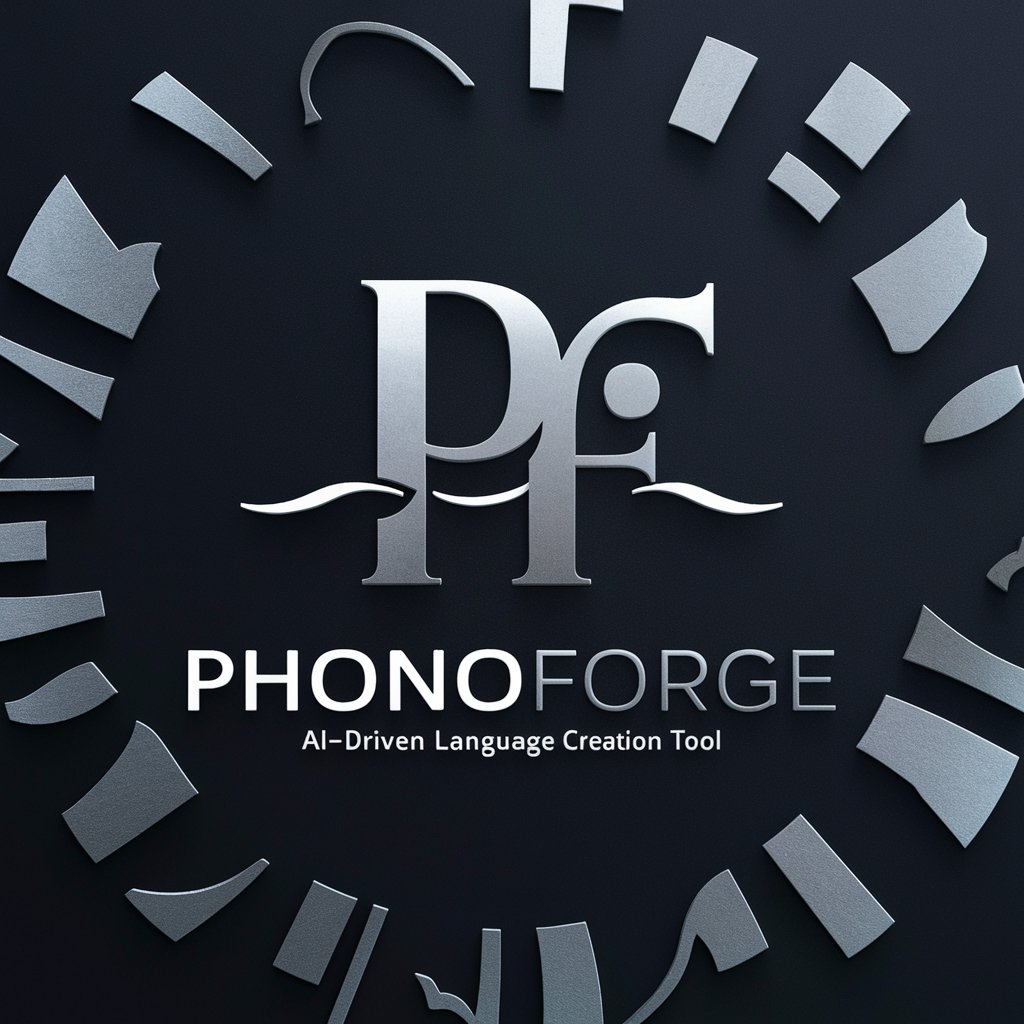
Welcome to PhonoForge, your conlang creation companion!
Craft Languages with AI Power
Create a phonetic system inspired by...
Generate a list of vowel sounds that...
Design a consonant inventory with influences from...
Propose a set of phonological rules that...
Get Embed Code
Introduction to PhonoForge
PhonoForge is a specialized tool designed to assist users in the creation of their own miniature languages, known as conlangs. It offers a guided, step-by-step approach focused on developing the phonological system and lexicon of these languages. Drawing inspiration from the vast diversity of human languages, PhonoForge aids in crafting unique and imaginative languages for various purposes, whether for fictional worlds, personal projects, or academic exploration. By emphasizing phonetic characteristics, phoneme inventories, syllable structure, phonological rules, and lexicon creation, PhonoForge provides a comprehensive framework for language invention, grounded in linguistic typology and phonetics/phonology. Powered by ChatGPT-4o。

Main Functions of PhonoForge
Designing Phonetic Characteristics
Example
If a user wishes to create a language with a phonetic profile similar to the intricate consonant systems of the Caucasus or the melodic vowel harmonies of Finnic languages, PhonoForge can guide in selecting appropriate sounds.
Scenario
An author creating a language for a fictional tribe in their novel wants a phonetic system reflecting the tribe's rugged mountainous homeland, emphasizing harsh consonants and rounded vowels.
Building Phoneme Inventories
Example
Based on the user's preferences for phonetic flavor, PhonoForge assists in compiling a list of consonants and vowels, creating a realistic and functional phoneme set for the language.
Scenario
A game developer needs a simple, easy-to-learn language for players to communicate in an online game, focusing on a small, distinctive set of sounds.
Defining Syllable Structure and Phonotactics
Example
PhonoForge helps users decide on allowable syllable structures, such as CV (consonant-vowel) or more complex forms, and any restrictions on sound combinations.
Scenario
For a secret language between friends, they decide on a CV syllable structure to keep the language simple and accessible.
Establishing Phonological Rules
Example
Users can implement rules for sound changes in specific contexts, like devoicing final consonants or nasalization before nasal consonants, adding depth to the language.
Scenario
Creating a language that reflects ancient linguistic shifts for a historical fantasy setting, incorporating lenition and vowel shifts.
Creating a Lexicon
Example
With the phonological foundation set, PhonoForge aids in the development of a vocabulary, ensuring words are consistent with the phonological rules and structure previously established.
Scenario
A linguistics student inventing a language for a thesis project needs to generate a lexicon that captures unique cultural concepts of their hypothetical speech community.
Ideal Users of PhonoForge
Writers and Authors
Writers creating fictional worlds in novels, short stories, or scripts may use PhonoForge to develop unique languages for their characters or settings, adding depth and authenticity to their narratives.
Game Developers and Designers
For those creating video games, especially in fantasy or sci-fi genres, PhonoForge can be instrumental in crafting languages for different races or cultures, enhancing the immersive experience for players.
Linguistics Enthusiasts
Individuals with a passion for languages and linguistics may find PhonoForge a fascinating tool to experiment with language creation, exploring phonological concepts and testing linguistic theories.
Educators and Students
Teachers and students in linguistic or anthropological fields can utilize PhonoForge as an educational tool to understand the complexities of language systems and the creative process of language construction.
Hobbyists and Conlang Communities
Members of conlang communities and hobbyists interested in constructed languages for personal pleasure or community engagement can benefit from PhonoForge's structured approach to language creation.

How to Use PhonoForge
Step 1
Start by visiting yeschat.ai for a no-cost trial; no signup or ChatGPT Plus subscription required.
Step 2
Choose the 'Create New Language' option to begin crafting your unique language with PhonoForge's guided process.
Step 3
Follow the interactive prompts to select phonetic characteristics, phoneme inventory, and syllable structure for your language.
Step 4
Utilize the tool's suggestions to establish phonological rules and generate a foundational lexicon for your language.
Step 5
Review and refine your language, using PhonoForge's feedback to polish and finalize your creation.
Try other advanced and practical GPTs
Copywriter Pro
Unleash Creativity with AI-Powered Copywriting

The Ripple Effect: Understanding XRP
Demystifying Ripple with AI
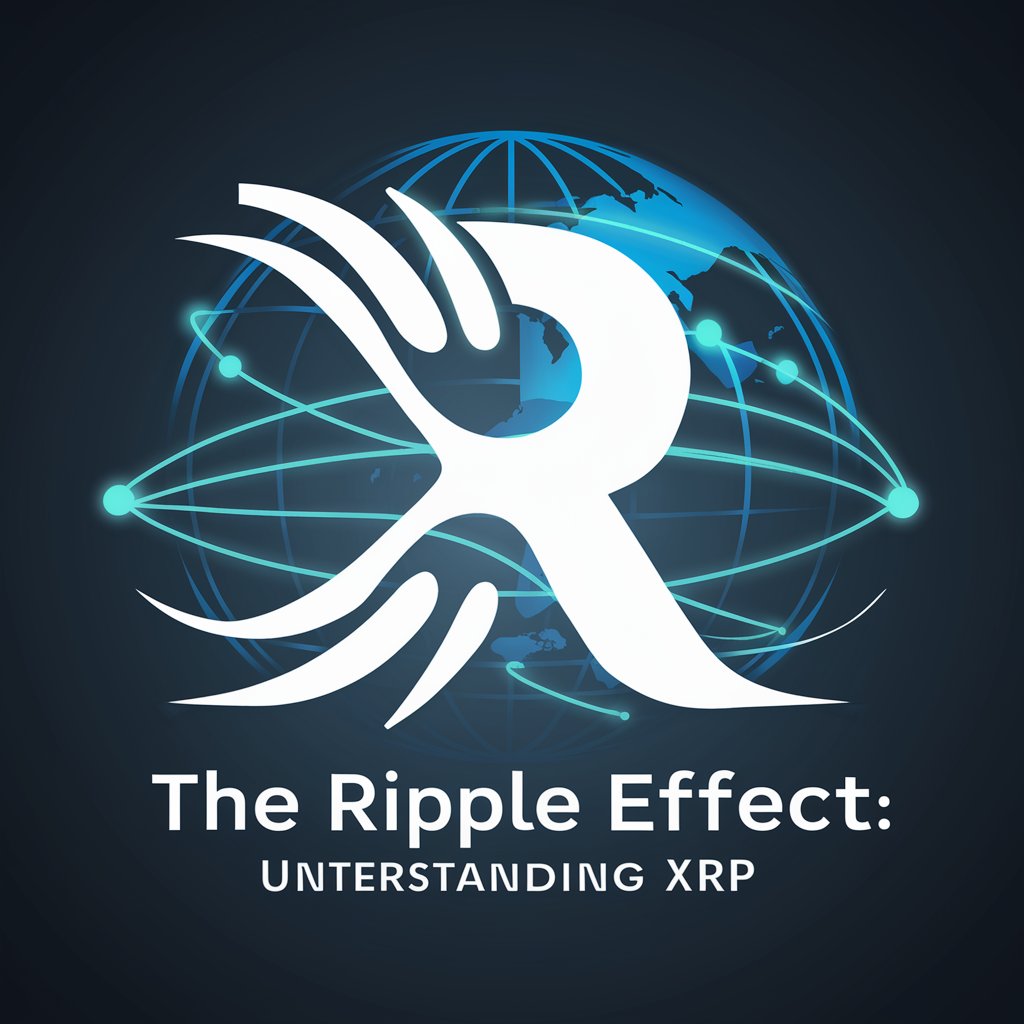
Home Insulation Guide
Power Your Insulation with AI

Nova Luna
Enhance Communication with AI Power

Nova Muse
Explore the universe’s mysteries with AI-powered insights

Nova Tech
Empowering Innovation with AI

Make Life Easier with GPT
Empower your life with AI intelligence
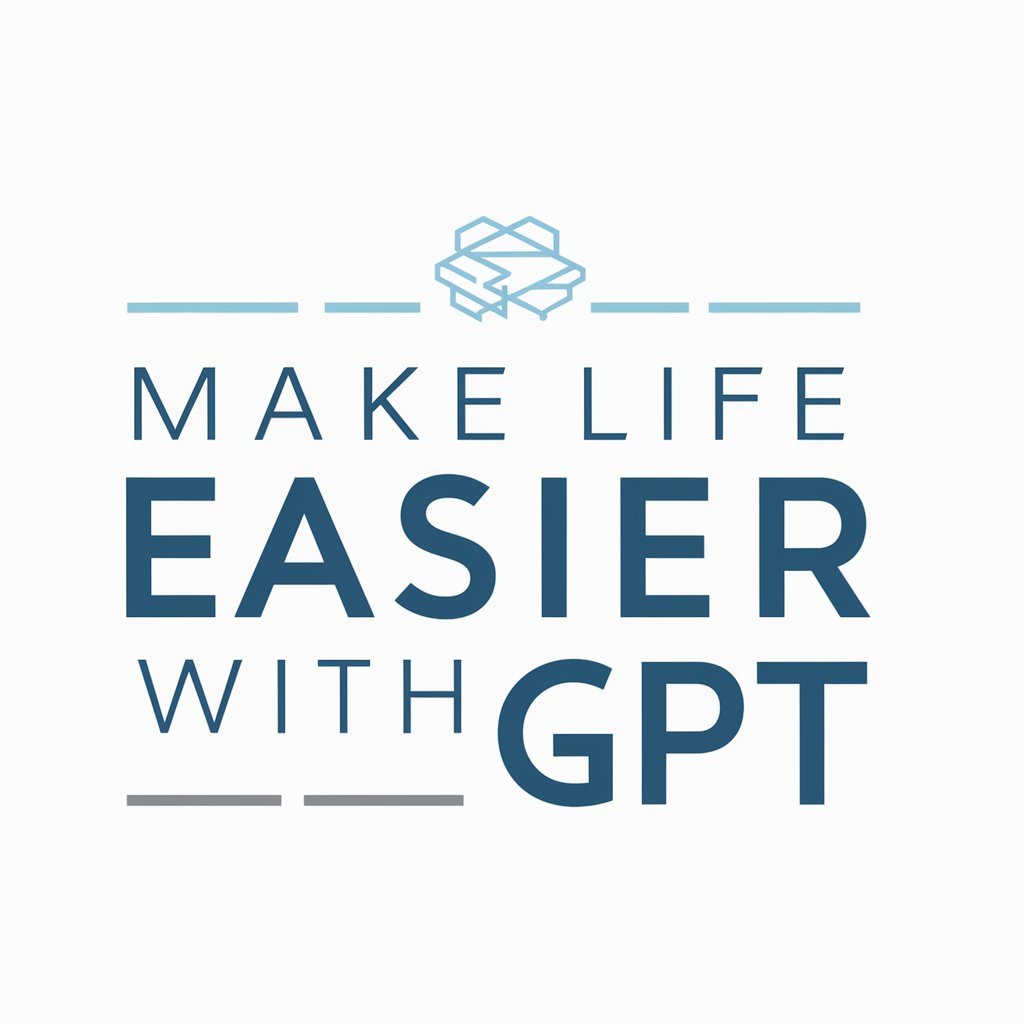
Visionary Insight
Illuminate Insights with AI
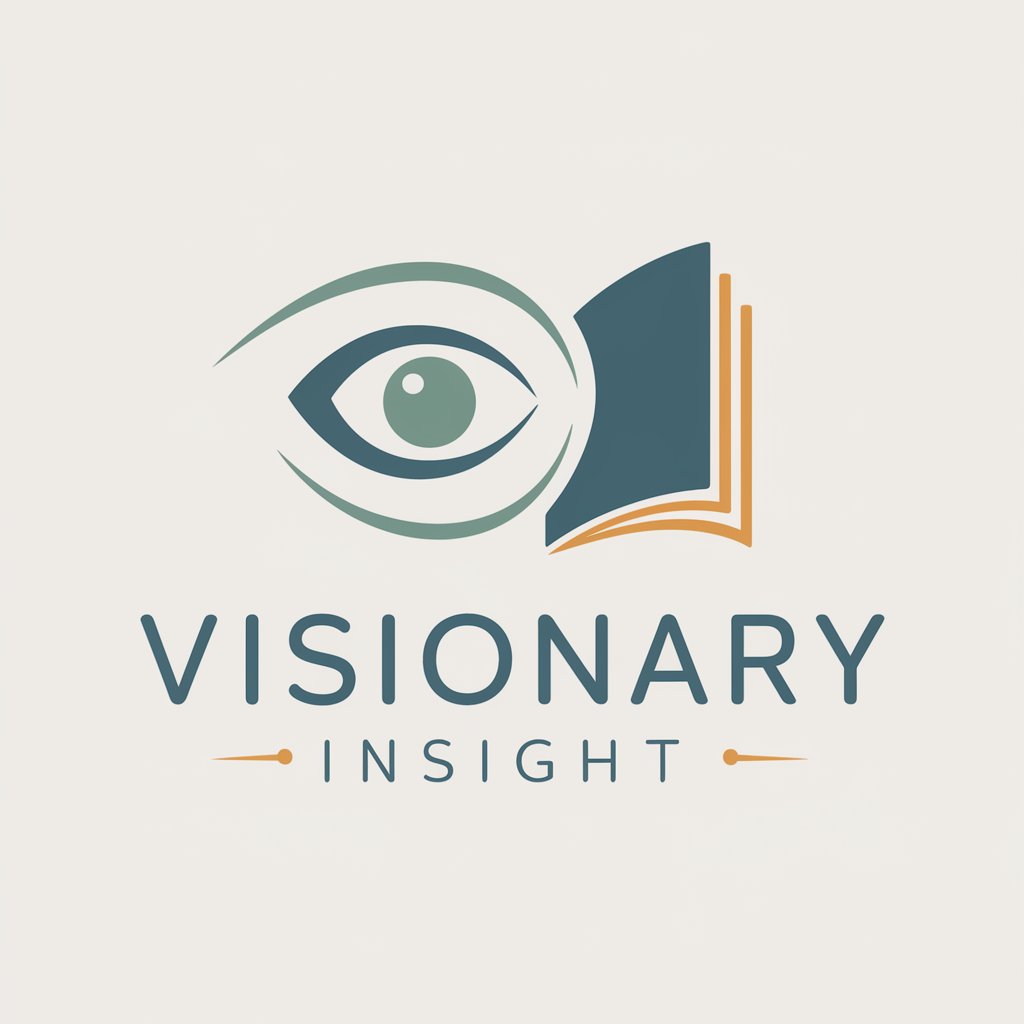
Describs the world with games
Learning through the lens of gaming
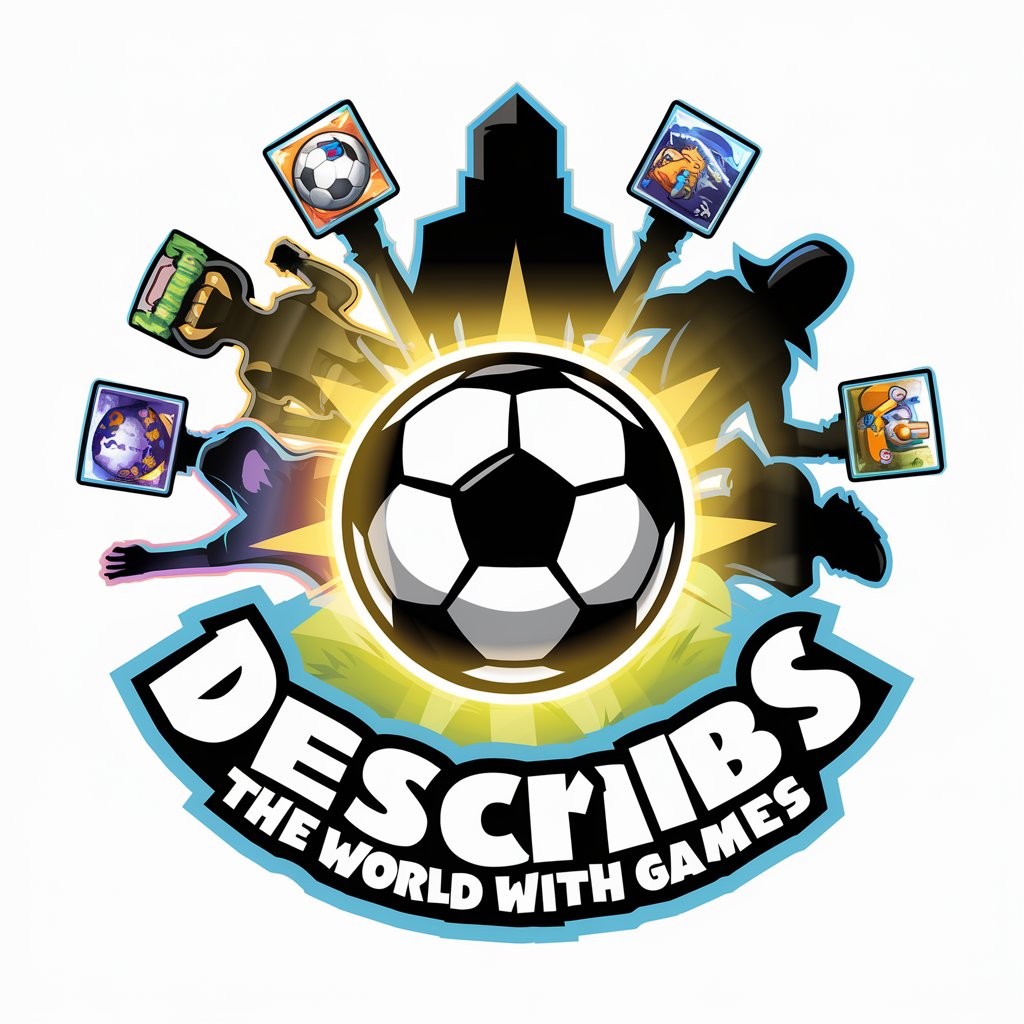
Circuit Sage
Design Smarter, Build Better

Who is this Pokemonster?
Discover Pokémon with AI-powered Identification

Game UI Creator
AI-powered Game UI Design Simplified

Frequently Asked Questions about PhonoForge
What is PhonoForge?
PhonoForge is an AI-powered tool designed to help users invent their own languages, focusing on phonological systems and lexicons.
Who can use PhonoForge?
Anyone interested in linguistics, creating languages for fictional worlds, or experimenting with language construction can use PhonoForge.
Does PhonoForge require prior linguistic knowledge?
No, PhonoForge is user-friendly for both linguists and enthusiasts without requiring extensive prior knowledge.
Can PhonoForge create languages for non-human speakers?
Yes, PhonoForge is versatile enough to craft languages for a wide range of fictional beings, from elves to aliens.
How does PhonoForge handle phonological rules?
PhonoForge allows users to define phonological rules that shape the sound patterns of their language, enhancing its realism and complexity.
